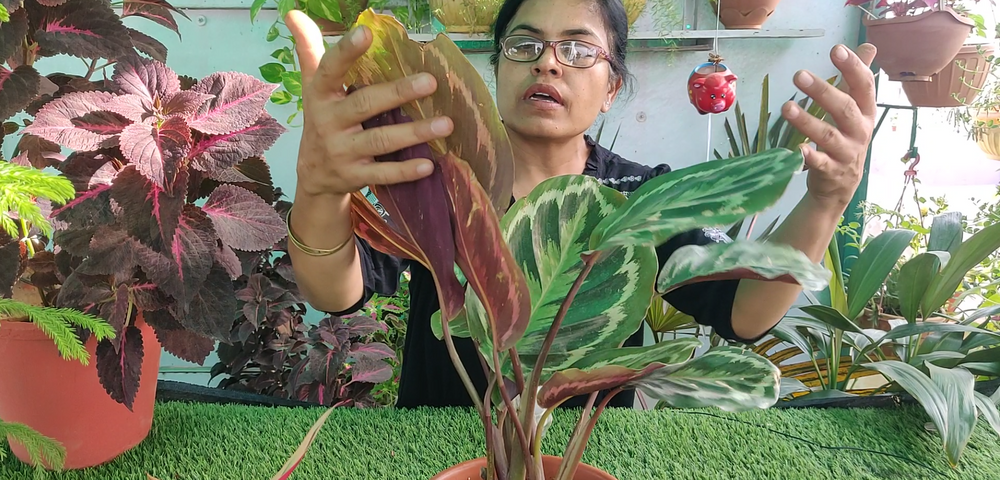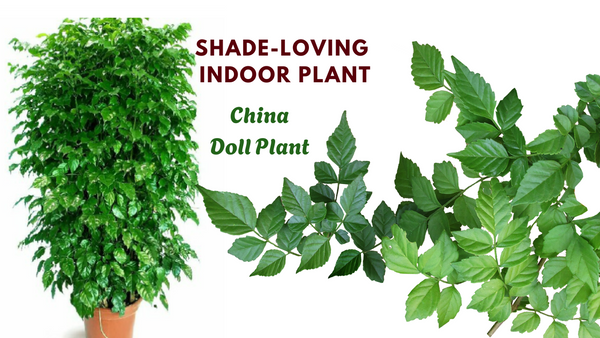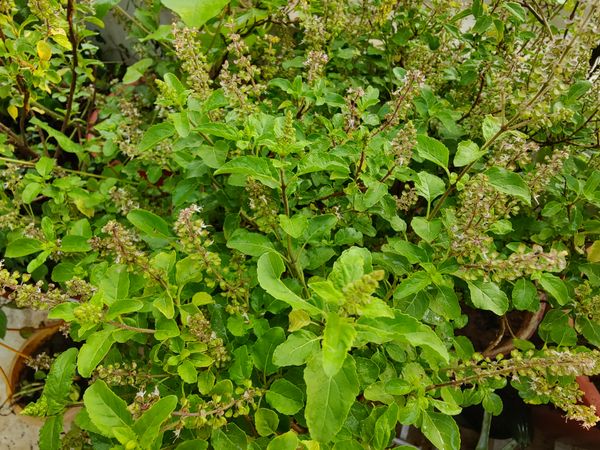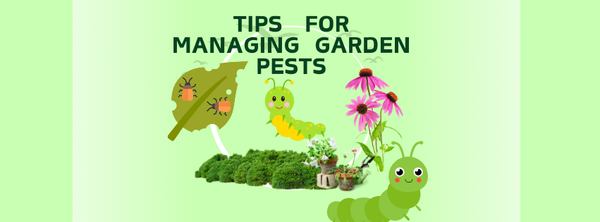Common Plant care questions 🤔❓❓❓| Houseplants Notes 009- Varsha Aundhia
Question 1. What is the best fertilizer for indoor plants and how often should they be fertilized?
Answer 1. For indoor plants, it's best to avoid chemical fertilizers and instead opt for organic options such as cattle manure, sea weed extract, and a moderate amount of vermi compost. It's important not to overdo it with the vermicompost, as it can form hard cakes on the soil, preventing air from reaching the roots. Indoor plants don't need to be pampered with frequent fertilization; in fact, they thrive better with less intervention. Giving a small quantity of Panchagavya, or a spoon of vermicompost, or a few spoons of cattle manure to your indoor plant every month or two is sufficient. This is especially important because indoor plants grow slowly and have fewer flowers, which require a lot of energy.
Question 2. Why is it very important to water after sowing or planting until full capacity?
Answer 2. : When transplanting or repotting, it's important to water immediately. The soil should be watered until it reaches full capacity, allowing the water to stand for about a minute and then drain down. This is crucial for ground planting or pot planting to close the air gaps in the soil through irrigation. During the first 10 to 15 days after planting, it's important to prevent any air from getting into the soil, as the plant roots are delicate at this stage. Ensure that watering is sufficient, initially watering once a day, then once every second day, and then once every 4th or 5th day to prevent air gaps. It's essential to avoid excessive air getting through the air gaps, as this can suffocate the roots. Once the roots are established, forking the soil is beneficial, as the roots need air for growth. It's good to fork the soil at least once every 15 days. Avoid disturbing the soil for the first 15 days after repotting or transplanting. It's important to regularly check the drainage holes of the container.
Question 3. Why do plant leaves turn brown?
Answer 3. Plant leaves may turn brown due to two main reasons. The first reason is a disease, which typically starts from the tip of the leaf and spreads inward. In the case of a disease, you will notice a tricolor pattern of brown, yellow, and green on the affected leaves. If the browning is not caused by a disease, you will only see brown and green colours, indicating a potential issue with watering or water quality. If the problem is indeed a disease, it's best to trim and discard the affected leaves or parts of the leaves with brown and yellow discolouration.
Question 4. Where should succulents be kept?
Answer 4. Succulents should be kept in a bright space. During winters, they benefit from direct sunlight, while during summers, they prefer diffused sunlight. They should not be exposed to rain, but you can spray water on the medium to keep them hydrated. Ideally, they should be placed on a bright windowsill or in a window corner to ensure they receive adequate light.
Question 5. Is keeping indoor plants under a fan or in an AC environment good?
Answer 5. When keeping plants under fans, the water retention will be low. It's okay to place plants under AC. However, plants placed under a fan will transpire water very quickly because the fan pulls a lot of water from the leaf surfaces. In an indoor situation, the leaves will look drab and withered. When you notice the leaves are withered, you water the plant, but what happens is that the rate at which water is lost from the leaves is faster than the water transported from the root to the leaf. This results in the plant permanently being in a state of drabness, even with water in the roots, which is why your plants show symptoms of root rot. The roots get choked, the plant looks twiggy, and the leaves will fall. All the maintenance activity for indoor plants is for the retention of leaves, so plants should be kept away from fans. An AC environment is okay.




